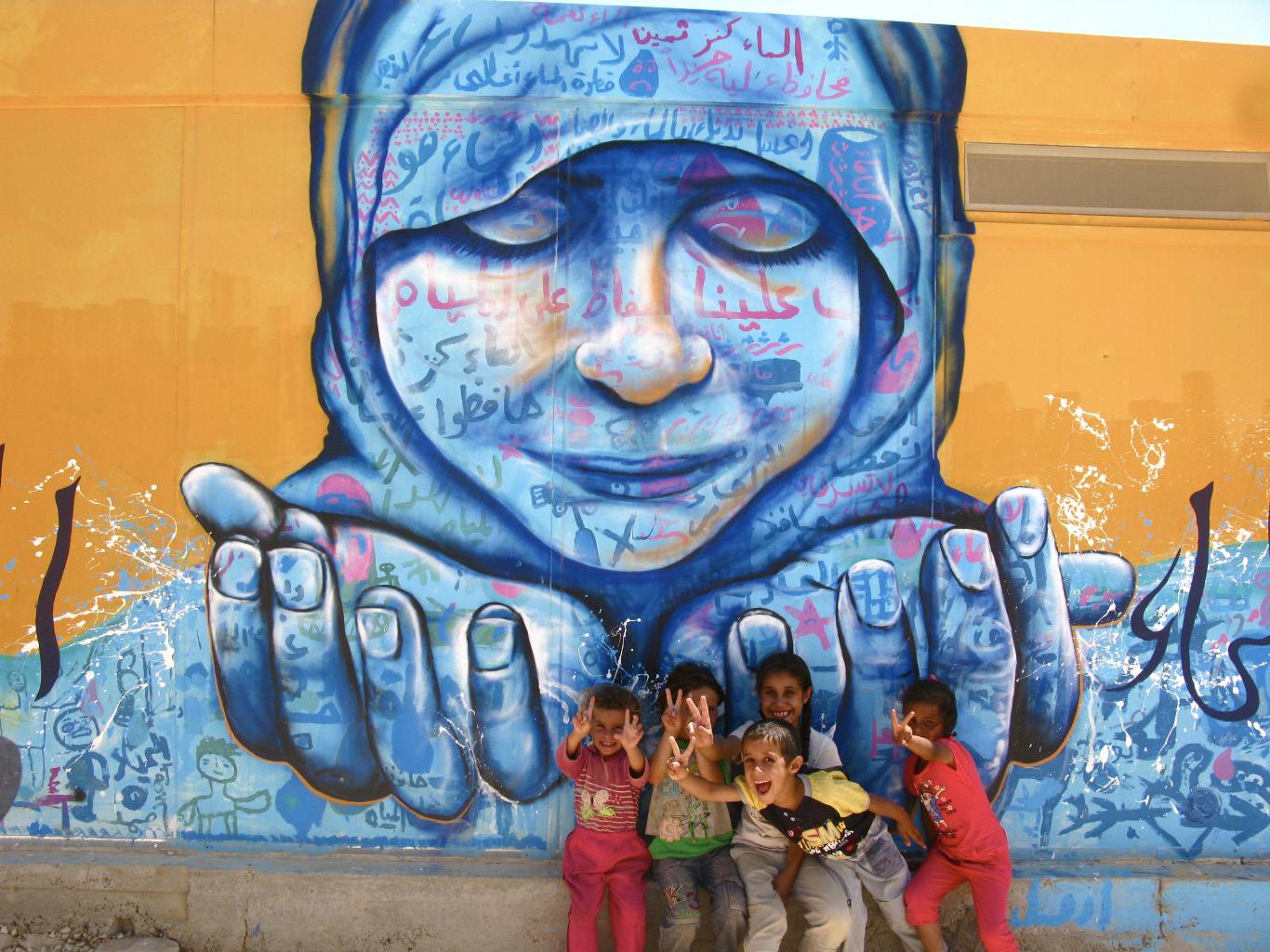
2 minute read
Art as Voice
Art as Voice: The Generational Influence of Music
Music is a part of the very fabric of our lives – we turn to the familiar words of the songs we love at times of celebration, when we need comfort, and in those moments when we’re hoping to find a little inspiration. But music also serves as a powerful mechanism for raising awareness of important issues and amplifying messages of social change. In the 1930’s, songs like “Strange Fruit” by Billie Holiday protested the lynching of Black Americans. In the 1960’s, songs like “Blowin’ in the Wind” by Bob Dylan called for peace at a time of war. And in recent years, songs like “Same Love” by Macklemore & Ryan Lewis promoted marriage equality.
Advertisement
But the relevancy of a song isn’t defined only by the period of time in which it was written. Even when the issue at hand may have changed, the message of a song can still resonate decades later. John Lennon’s “Imagine” advocated for peace during the final years of the Vietnam War. However, nearly 50 years later, it’s words and meaning have been a symbol for many who have protested conflicts that have arisen around the world in the years since the song’s release.
And there are those songs whose years-long messages of hope and the fight for equality still resonate because the work around these issues continues. First gaining prominence in the 1950’s, “We Shall Overcome” went on to serve as the anthem of the civil rights movement of the 1960’s. In the years that followed, the song became a protest anthem for other freedom movements in countries like Northern Ireland, South Korea and Lebanon. In India, the song is called “Hum Honge Kaamyaab” and is well-known among children around the country. But in the years since the civil rights movement, “We Shall Overcome” has not lost its relevancy in the United States either. As the calls for racial justice have continued, so too have the song’s hopeful words continued to be sung10 .



Top: Mural of George Floyd, Alex Gonzalez (2020) Bottom Left: The Ethnicities, Eduardo Kobra (2016) Bottom Right: The Statue of Liberty, Frédéric Bartholdi (1886)

“Any form of art is a form of power; it has impact, it can a ect change. It can not only move us, it makes us move.” – Ossie Davis



Top Left: The Za'atari Project, Joel Bergner (2013) Top Right: AIDS Memorial Quilt, Various (1985) Middle Left: Untitled (Dancing Figures), Keith Haring (1989) Bottom: LOVE, Robert Indiana (1976)











